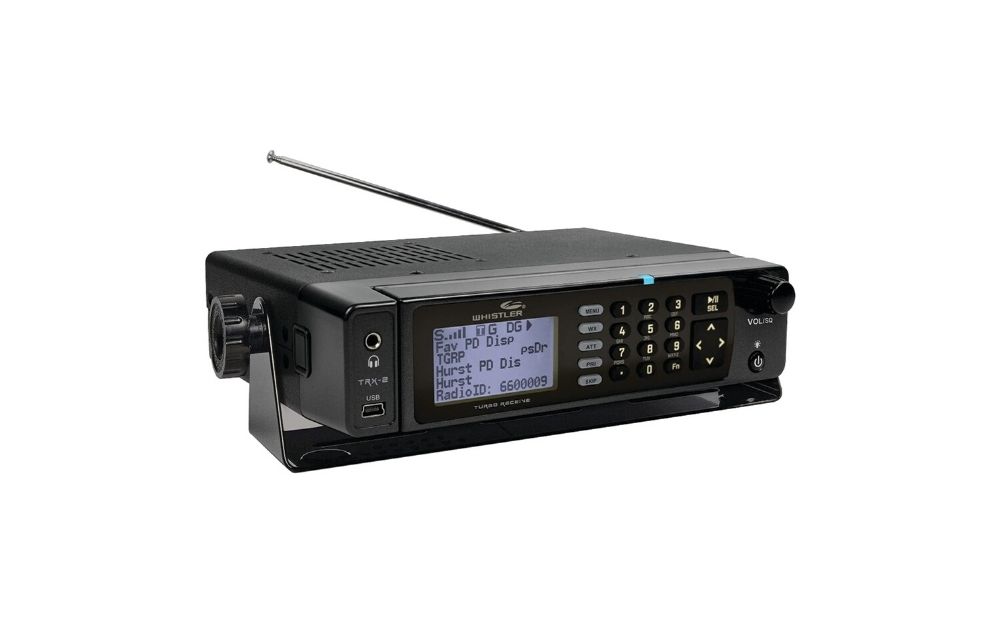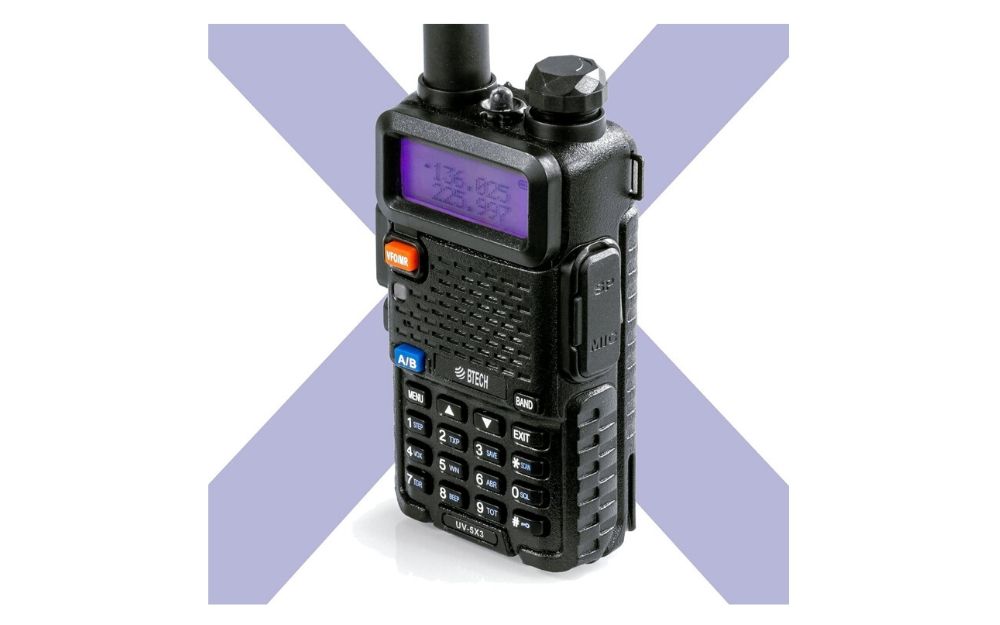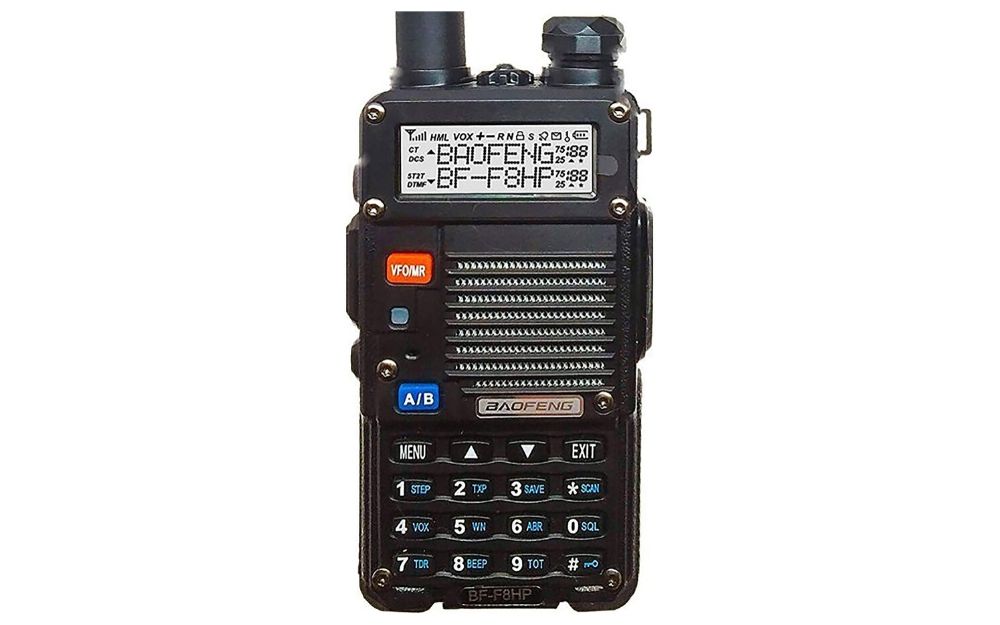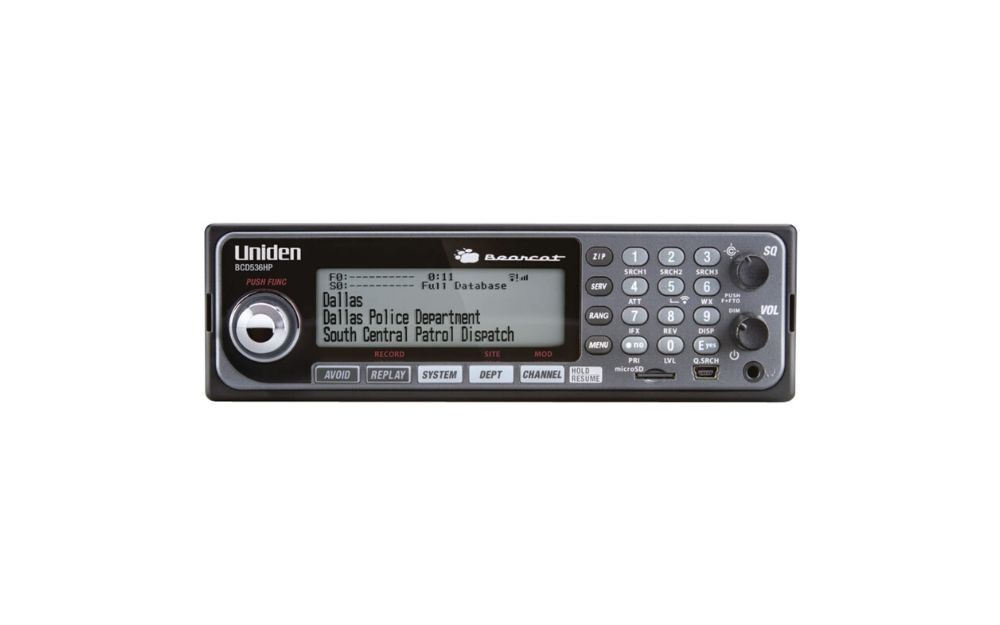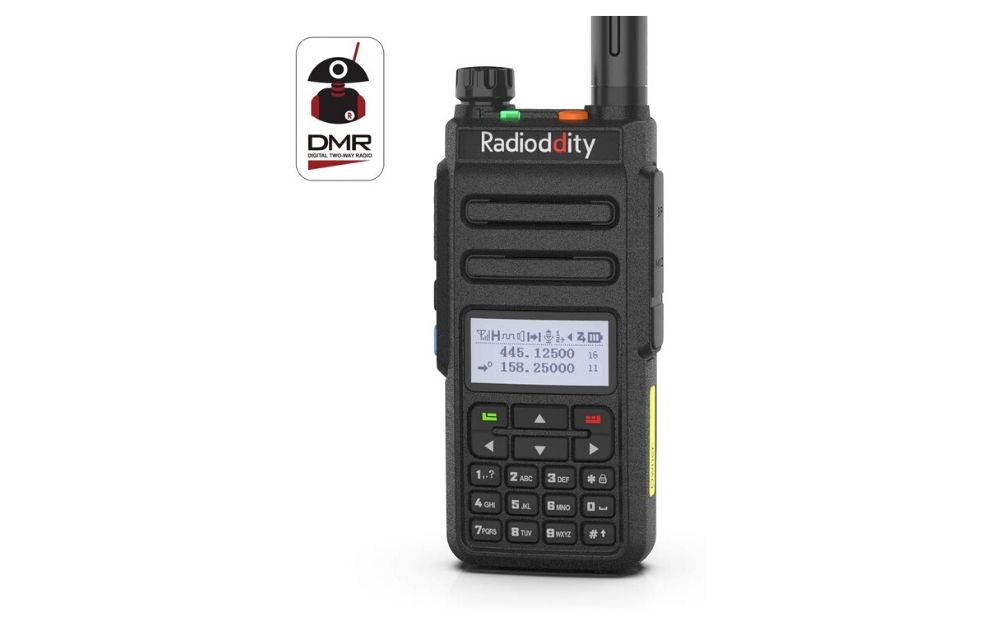News spreads fast, especially with smartphones capable of giving real-time information. You might think that it’s the best gadget to get community updates from the police, fire, and weather departments—but you’d be wrong.
You’ve likely seen a TV show featuring a superhero listening in on police scanners. An alert is sent out to first responders informing them of an accident in a certain area, and the hero jumps out to help.
Not including the hero with supernatural powers, that scenario could actually happen with the help of a home police scanner. You don’t even have to be part of the force or a first responder to get one.
Having a good police scanner can help you get live information regarding emergencies and weather alerts and prepare yourself accordingly. To help you choose, we’ve listed some of the top-rated police scanners in the market today.
Best Police Scanners
| # | PREVIEW | Product | |
|---|---|---|---|
| 1 |
|
|
|
|
|
|||
| 2 |
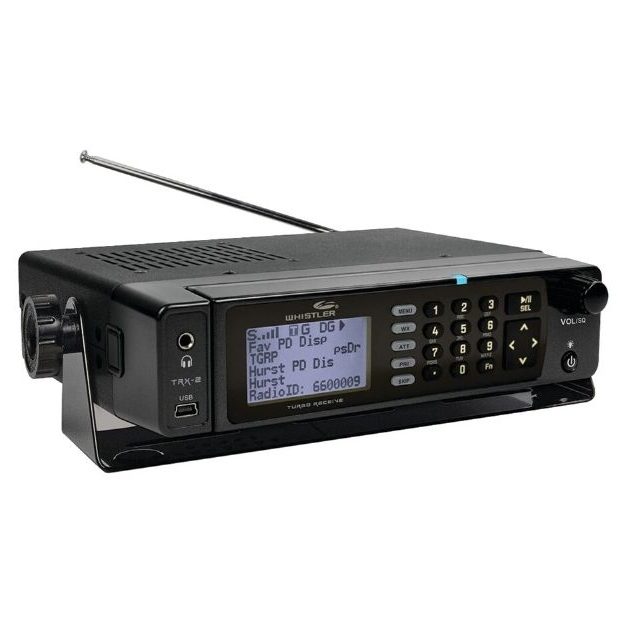
|
|
|
|
|
|||
| 3
Best For Low Budgets
3BTECH UV-5X3 Police Scanner
|
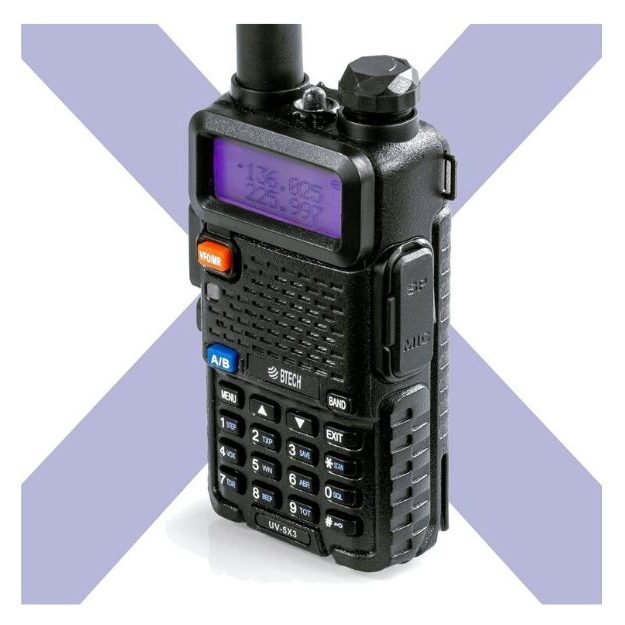
|
|
|
|
|
|||
| 4
Best Overall
4BaoFeng BF-F8HP Police Scanner
|
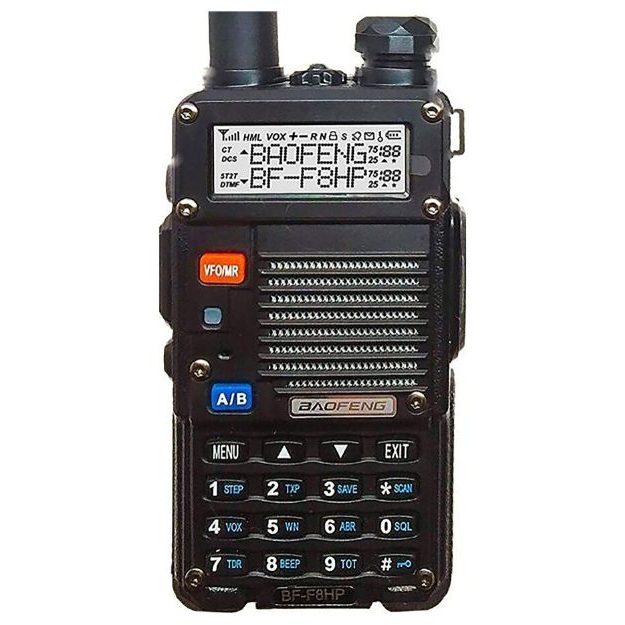
|
|
|
|
|
|||
| 5
Best For Higher Budgets
5Uniden BCD536HP Police Scanner
|
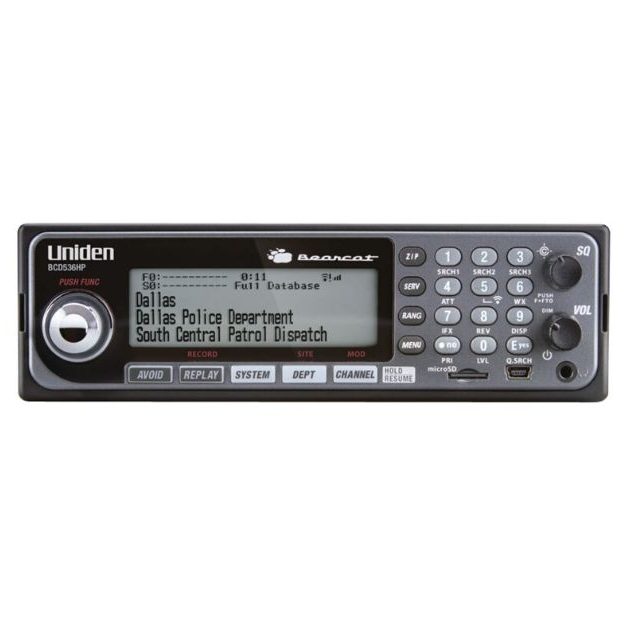
|
|
|
|
|
|||
| 6 |
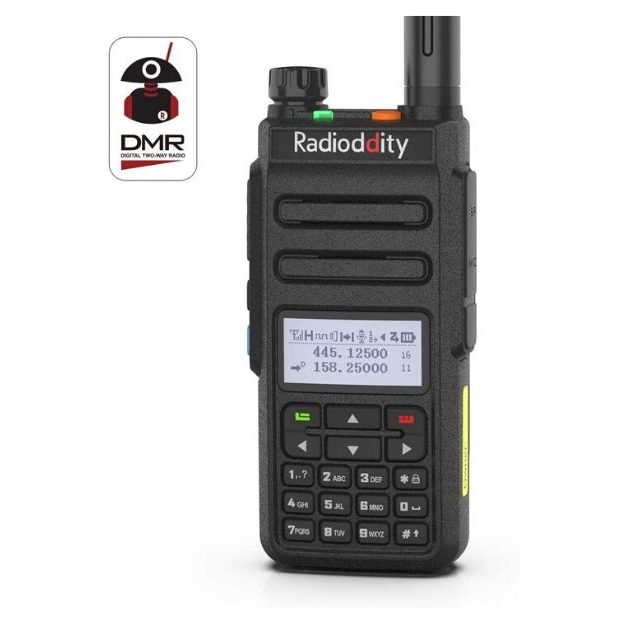
|
|
|
|
|
|||
1. Uniden HomePatrol 2 Police Scanner
- Modern full colour digital display
- Features intuitive functions including automatic scanning with just your ZIP Code
- Digital system compatible with both digital and analog signals
- Portable mode via included rechargeable batteries, with plugged in mode via USB
- Allows recording of transmissions via microSD card
Uniden is a well-established brand for police scanners with a reputation of producing feature-packed digital systems. The HomePatrol 2 digital scanner is one of the most robust police scanners in this list, delivering a strong suite of compatibilities with both digital and analogue signals. It also allows for uncomplicated operation via the full color digital display.
Using the HomePatrol 2 is a fairly straightforward affair, and even those who don’t have much experience in handling police scanners will find it easy to tune in to frequencies. Being digital capable, it can receive all non-encrypted frequencies from non-proprietary radio systems, even the Specific Area Message Encoding (S.A.M.E.) frequencies often used by emergency services such as public safety, weather, and more.
The Uniden HomePatrol 2 also takes standard AA batteries, which means that even if the rechargeable batteries that come with your unit run out of juice, you can easily replace it with standard batteries from your hardware stores.
Specifications
Pros
- Easy touchscreen operation with intuitive controls
- Quick operation and identification of available channels via location
- Optional GPS receiver available for automatic coverage tracking
- Mobile and vehicle mount modes available
Cons
- Might be too high-end for amateur/beginner use
- Requires supplementary accessories for other functions such as GPS and operation while charging
2. Whistler TRX-2 Police Scanner
- Robust and traditional police scanner design
- Utilizes Object-oriented scanning
- Quick location-based frequency scanning
- Wide compatibility with digital and analog channels
- Upgradeable firmware and database libraries
Whistler is another company famous for developing quality digital police radio scanners. Their offering is a base/mobile model called TRX-2, a unit that comes in a much more robust construction. It supports most digital and analogue signals, including P25 Phases I and II, X2-TDMA, EDACS wide and narrow, and many others.
This police scanner is more suitable for stationary or mobile vehicle use. The TRX-2 also has a built-in BNC antenna, but can use external antennas to extend the range of the scanner. This flexibility enables the Whistler TRX-2 to cover a wider range of channels in a much bigger radius.
Specifications
Pros
- Good set of accessories out of the box, including SD Cards, AC adapters for home/office and DC cable for vehicle use
- Simplified user interface to take advantage of Object Oriented Scanning feature
- Wide channel range and compatibility with many digital channels
Cons
- Not suitable for handheld use
- Steep learning curve to program frequencies and channels
3. BTECH UV-5X3 Police Scanner
- Handheld radio with full accessories including earpiece, adapter, belt clip, wrist strap
- Tri-band compatibility
- Compatible with older BTECH and BaoFeng brand accessories
BTech, a subsidiary of BaoFeng, also boasts of a history of well-made police scanners. BTech’s UV-5X3 is a handheld radio that has tri-band compatibility, allowing for a wide channel range. It also comes with an adequate 1,500mAh battery.
BTech’s UV-5X3 is also backwards compatible with previous generation accessories from BaoFeng, including batteries, straps, chargers, antennas, and other peripheral equipment. One thing to note, though, is that you’ll have to manually scan for channels when you set it up—it doesn’t have any GPS or location-based channel programming available.
Specifications
Pros
- Value for money handheld radio with good feature set
- Complete package for good out-of-box usability
- Updated model supports tri-band frequency channels
- Good entry level handheld radio for enthusiasts
Cons
- Will need manual scanning for channels
- Has two separate antennas for single band and dual band coverage
4. BaoFeng BF-F8HP Police Scanner
- Upgraded high-power radio scanner at an affordable price
- Adjustable power levels based on need
- Cross-compatible with other BaoFeng radio accessories
- Sizeable 2,000mAh battery that can last up to 24 hours on mid-power mode
BaoFeng’s BF-F8HP handheld radio is a high-powered package fit for beginners. While it doesn’t have the usual bells and whistles of more specialized police and emergency scanners, the BF-F8HP has a wide frequency range and adjustable output levels between 8W, 4W, and 1W.
One thing to note is that the BF-F8HP has to be configured out of box to receive emergency frequencies, as its default programming captures frequencies that are not for civilian/emergency use. What this also means, though, is you’d have a powerful handheld that can handle these frequencies if the need arises.
Specifications
Pros
- 30% more battery than previous generation
- Adjustable between 8-watt, 4-watt, and 1-watt outputs
- Easier user experience for radio beginners and enthusiasts
Cons
- Needs to be programmed with a PC out of the box
- No GPS or location functions
5. Uniden BCD536HP Police Scanner
- Pre-programmed with radio channel database
- Allows location scanning through ZIP code and GPS coordinates
- Requires little to no user programming
- S.A.M.E. compatible
Uniden is back again with its BCD536HP base unit, part of their HomePatrol Series police scanners. This particular product is a base/mobile model which is more suitable for use onboard vehicles and at home, and as such require a power outlet nearby or a DC socket in a vehicle.
The BCD536HP exceeds expectations with a balanced affair of high-end features and user-friendly reliability. There is no need to program the scanner aside from inputting your location to let the BCD536HP scan for relevant channels to save. This makes the product a good fit for people who need a police scanner for work, but have not yet had much experience in programming radios.
Specifications
Pros
- Features Wi-Fi connectivity for remote home and vehicle operation
- Wide digital and analogue signal compatibility including majority of emergency, disaster, and police channels
- Automatically configures listenable channels based on location
- Good feature set and user-friendliness
Cons
- Product is quite dated, although still has good support
- Base/mobile model cannot be taken out without a power source
6. Radioddity GD-77 DMR Police Scanner
- Allows simultaneous digital and analogue signal operation
- Suitable for radio to radio direct and with hotspots and repeaters
- Good warranty coverage
- Dual band VHF and UHF compatibility
Radioddity’s GD-77 DMR is a handheld police scanner that focuses on delivering a user-friendly experience. While it has basic frequency scanning and programming requirements, Radioddity provides a PC tool that will enable you to program the scanner in a much more intuitive way.
The Radioddity GD-77 also features a fairly big battery with a 2,200mAh capacity, which should last a while given that the scanner has a generous 5W max output power. All things considered, the GD-77 would be the best fit for a handheld scanner for new users.
Specifications
Pros
- Supports analogue and DMR, VHF and UHF modes
- Regular firmware and programming software updates
- Capable handheld radio with wide range and features
- Unique SMS function via DMR mode
Cons
- Needs a bit of programming to start operation
- No pre-set frequencies and no location/GPS based setup
Police Scanner Buying Guide
Applications
Owning a police scanner can be a great hobby that could potentially be beneficial when you find yourself in the middle of a weather emergency, or even a police emergency.
However, there are a few factors that you’ll need to consider when looking for a suitable police scanner. These depend on whether you’ll eventually be upgrading your scanner down the line, or if you’d mostly be using it at home or in your car. This leads to the question of what the different types of police scanners are, and how they differ.
Police Scanner for Car
Car police scanners can be the mobile/base typep models that you can either plug on a wall outlet or on the DC jack/lighter jack on your vehicle. Ideally, mobile type models have an assembly included in the packaging to mount your police scanner on your dashboard or on your DIN system. These should also have auxiliary antenna ports to attach an extended-range antenna for better reception.
Emergency Scanners
Some police scanners and high-power emergency radios are also compatible with the Specific Area Message Encoding (S.A.M.E.) system. This is the system most local emergency services use when broadcasting weather or emergency-related messages. A good police scanner has to pick this signal up as it could provide blow-by-blow details about local emergencies.
Type
There are several types of police scanners and radios that are available in the market, depending on your needs:
Stationary Police Scanner
These types are kept either on top of a desk in your office or on your dashboard. They normally have high-powered antennas and have wide compatibility with radio channels.
Handheld Police Scanner
These are basically police scanners in the usual walkie talkie form. Despite that, these scanners commonly have decent power and range and can pick up the same channels used by law enforcement, emergency, and weather services. These types of scanners are for those who value portability.
Digital Police Scanners
Most police scanners are compatible with analog radio frequencies as well as modern digital signals. For versatility, look for digital police scanners that are at least dual band or accept digital and analog signals.
Trunking Scanners
These scanners share multiple lines or frequencies for the purpose of accommodating greater traffic. Trunking allows users to get assigned to talkgroups, which then allow conversations to be held on that channel.
This type of scanner offers efficiency and two-way communication between entities such as various municipal services, but it won’t necessarily be as useful to civilians.
Police Scanner Codes
Operators often talk in code, which is a form of shorthand when they report over the frequency that ensures brief and succinct information. This helps to keep the frequencies clear.
A good place to look these codes up is Radiolabs, although some police scanners also provide a brief list of some of the most used codes. It’s a good idea to print a list up so you can quickly look any specific police scanner program codes up whenever you listen in.
Police Scanner Antenna
Not all police scanners in the market come with an antenna. Those that do may only have a basic “rubber duck” antenna that gives moderate range. For better range and clarity, it’s often a good idea to invest in a wide band antenna if you plan to listen in on several emergency channels.
Frequency Coverage
It’s also important to determine the frequencies that your police scanner is compatible with. In addition to the analog channels (AM, FM, VHF, UHF), emergency and law enforcement services are also starting to adopt and utilize digital channels for cleaner audio and farther ranges. You’ll typically find most dual-band modern police scanners are already compatible with these frequencies.
Frequently Asked Questions

First program your police scanner after you do initial setup. It varies by device, as some models will only require you to input your location before providing you with a list of known frequencies used in your area. Others will require you to manually scan through the frequencies.

Higher-end models with GPS and location databases will require little programming work, since you’ll only have to input your location. With some other models, a PC interface helps in programming the frequencies manually. Check your model’s instruction manual for more details on how to program your scanner.

You’ll need to set up your police scanner after you take it out of the box. Some models have pre-programmed frequencies based on location and will already give you a list of the most frequently used channels in your area, while others might need manual programming. After that, it’s as easy as turning your scanner on, waiting for it to boot up, and tuning in to the channel you wish to listen to.

Police scanners are radio receivers programmed to detect and receive radio frequencies that are commonly used by public services such as law enforcement, medical services, and emergency/disaster services.

If you want to get started in listening in on emergency and police frequencies, consider trying police scanner apps on your phone like Broadcastify. This app will give you access to thousands of emergency, fire, and police frequencies as well as aviation and weather channels all over the globe.

Police scanners can go from as low as under $100 or as high as a couple of hundreds of dollars. As these police scanners vary in use and feature sets, it’s best to find the right fit based on your use case and budget.

Police scanner codes are mostly uniform across different states, but it’s best to get this information from reputable sources. Below are some of the most common police codes you’ll hear transmitted:
- Code 4 – No further assistance required
- 10-4 – Message received or understood
- Code 6 – Keep away from area
- 10-53 – Man down

No, it’s not. Some radio frequencies are declared as public property based on the Communications Act of 1934. It’s still best to practice caution, as some frequencies and channels are for exclusive use of some branches such as the military—you wouldn’t want to get in trouble just because you purchased a powerful police scanner!
Our Verdict
The police scanners included in this list are just some of the many available in the market today. Before you decide, consider how you’ll use it. If you’re planning to get one as a hobby, you’ll benefit the most from simple-to-use stationary police scanners.
More powerful mobile police scanners are available if you’re an emergency responder looking to get a unit for your emergency vehicle, as these models can receive more signals with clarity. At the end of the day, any of these top police scanner picks are suitable for a wide range of use.

